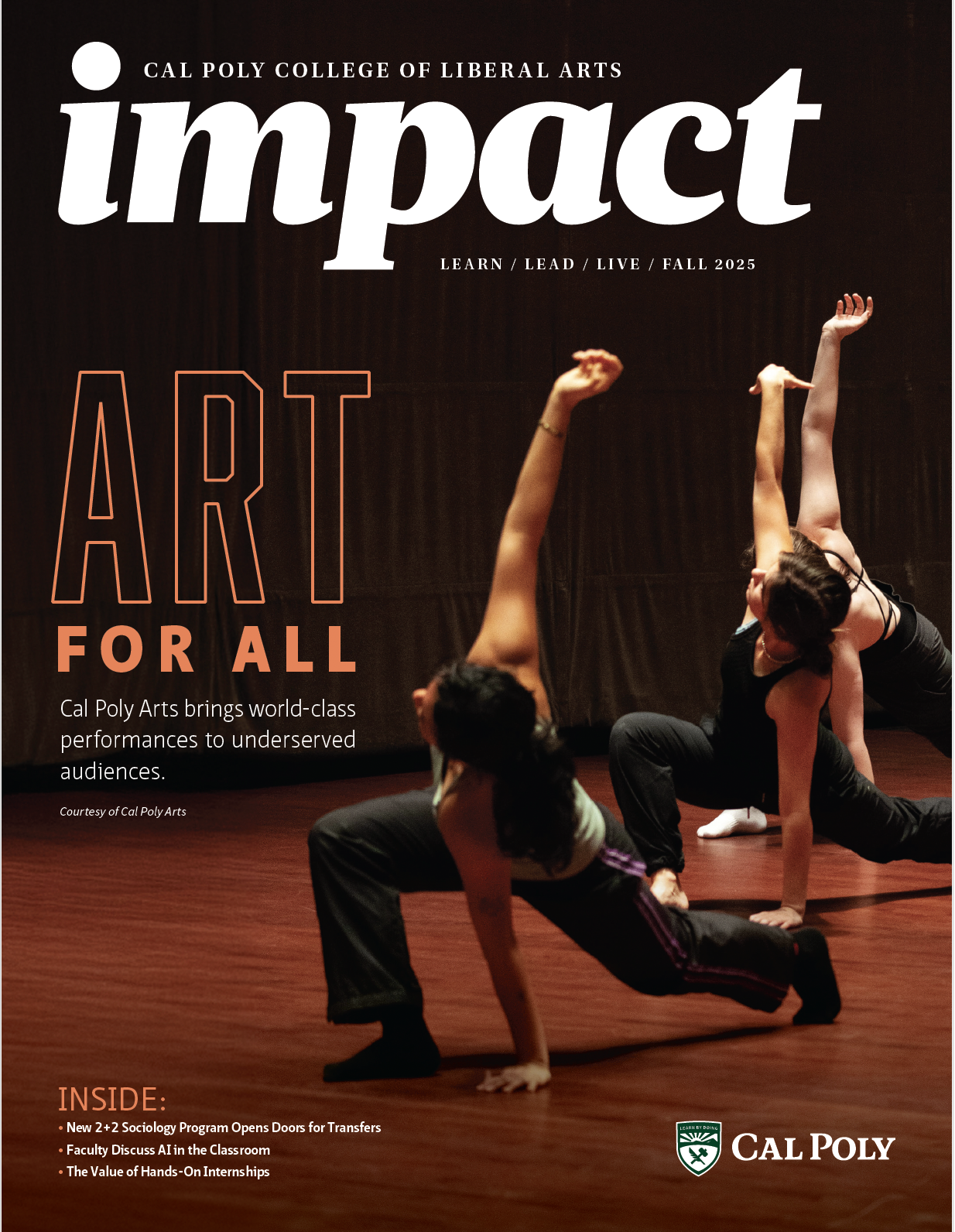‘Filipino Love Stories’ Online and Traveling Exhibit
Cal Poly and the nonprofit agency Cal Humanities collaborated to present the online and traveling exhibit “Filipino Love Stories” — an exploration of how early Filipino migrants (1920 to 1970) to California’s Central Coast experienced marriage, love and family.

Visitors can listen to interview clips with the wives and children of these migrants, read original love letters, view photographs, and discover love stories at the Filipino Love Stories website.
The early wave of Filipino migrants came as “American nationals” when the Philippines was under U.S. colonial rule (1898-1946). Because other Asians were barred from immigration, agricultural labor recruiters went to the Philippines, seeking young, single men who could constitute a migratory labor force.
Strict laws against interracial marriage and discrimination often associated with minorities influenced the love stories presented in the exhibit. Available narratives range from interracial couples who traveled across states to elope to post-World War II marriages between aging Filipino-American bachelors and younger Filipina brides.
“Filipino Love Stories” was part of the larger exhibition, “Objects of Affection,” that was displayed in spring 2014 at Cal Poly’s Kennedy Library. This section of the exhibit was created to travel beyond the library and into the communities that inspired the love stories.
Pieces in the exhibit were compiled through the Re/Collecting Project, directed by Cal Poly Ethnic Studies Professor Grace Yeh.
The “Filipino Love Stories” project was made possible with support from Cal Humanities, an independent nonprofit state partner of the National Endowment for the Humanities. For more information, visit www.calhum.org. Any views, findings, conclusions or recommendations expressed in the exhibit do not necessarily represent those of Cal Humanities or the National Endowment for the Humanities.
The project was also made possible with funding from Cal Poly’s College of Liberal Arts Circle of Giving Grant and Minker Fund, the university’s State Faculty Support Grant and Extramural Funding Initiative Grant, and the American Studies Association Community Partnership Grant.
Additional support was provided by Cal Poly’s Ethnic Studies Department, Liberal Arts & Engineering Studies Program, Center for Expressive Technologies, Kennedy Library, and MultiCultural Center and the California Central Coast Chapter of the Filipino American National Historical Society.




